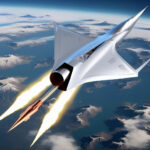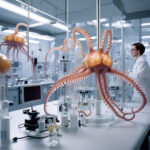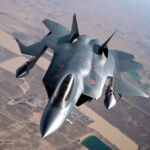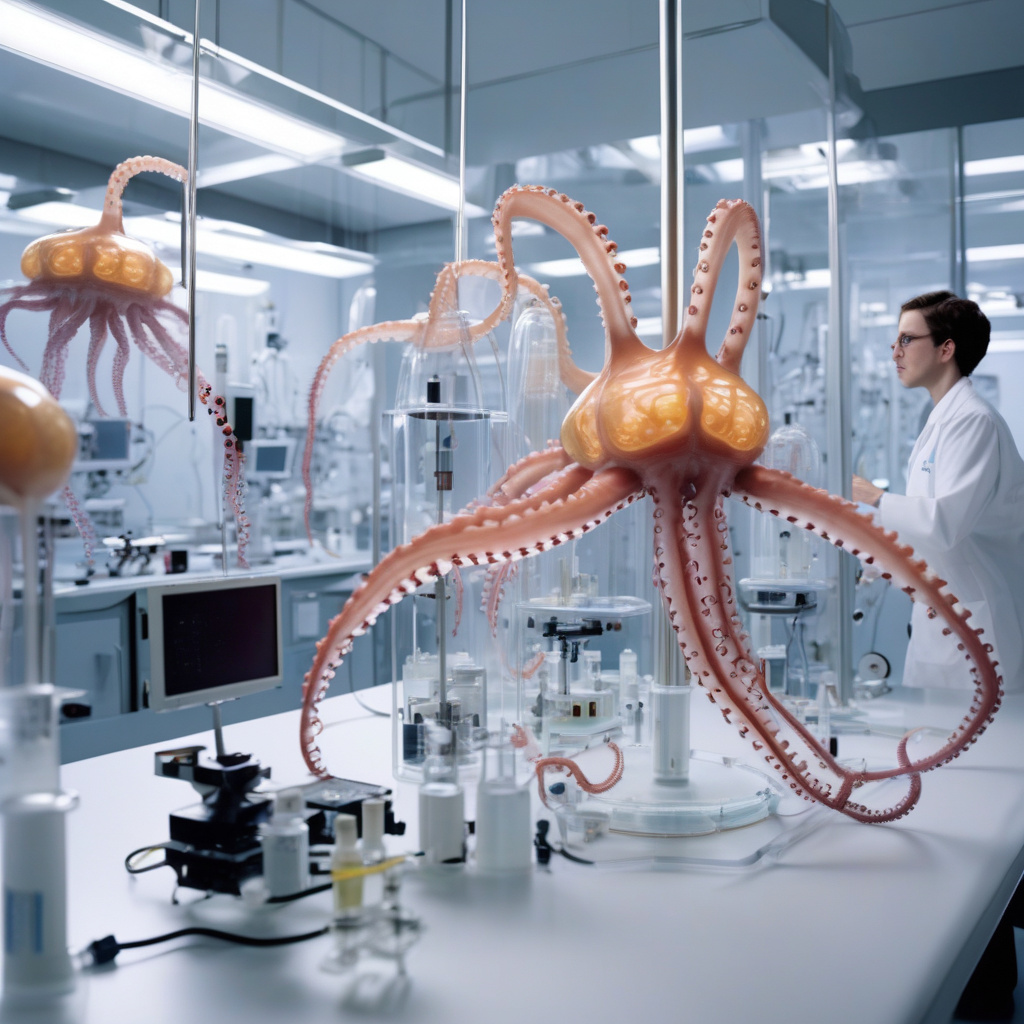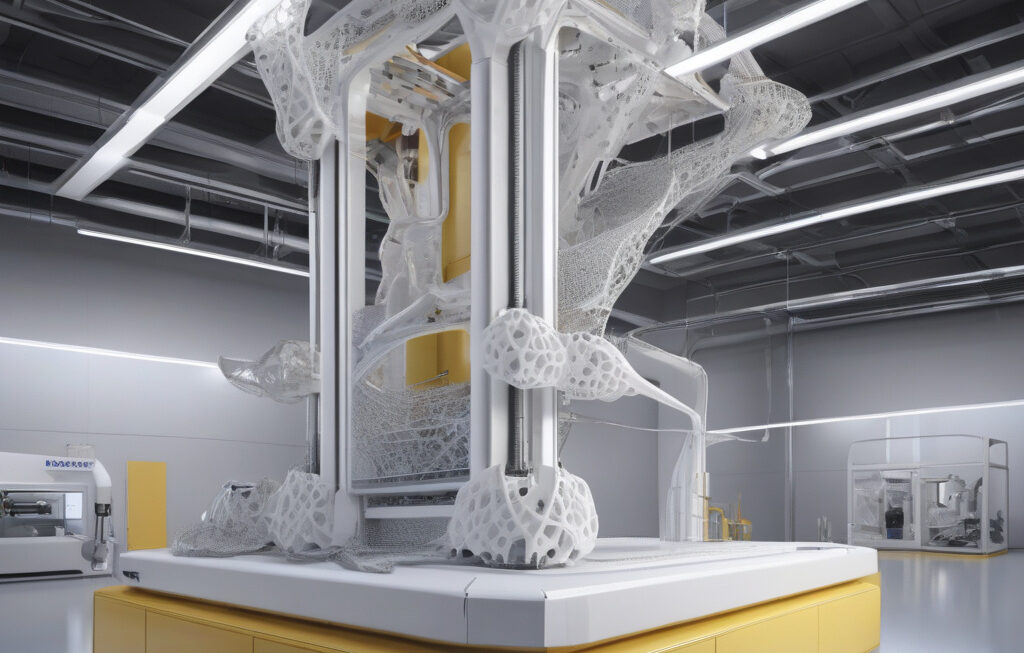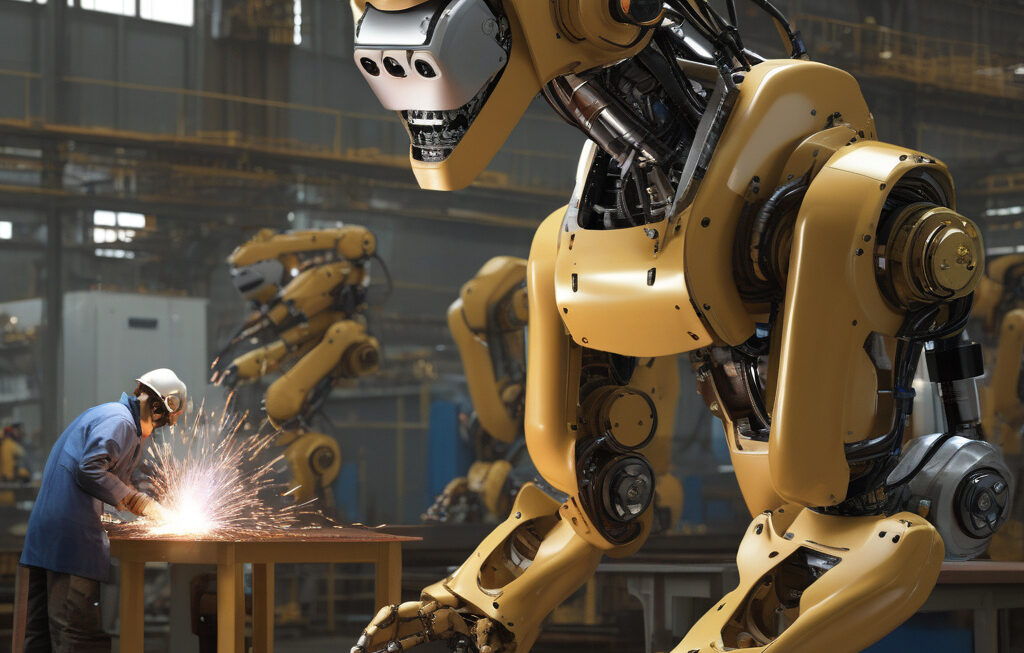Air-Powered Soft Robots: Achieving Lifelike Motion Without Electronics or AI
Researchers have created soft robots that move independently without complex electronics in a breakthrough inspired by the elegant simplicity of nature. These innovative air-powered robots represent a significant advancement in the field of robotics, offering a new approach to achieving lifelike motion without relying on traditional components like motors or artificial intelligence.
The development of these air-powered soft robots marks a departure from the conventional rigid robots that have dominated the industry for decades. By harnessing the power of air pressure, researchers have been able to design robots that can bend, twist, and stretch with remarkable agility and flexibility. This novel approach not only mimics the way living organisms move but also eliminates the need for complex electronic components, making the robots more cost-effective and easier to manufacture.
One of the key advantages of air-powered soft robots is their ability to achieve lifelike motion without the use of AI. While traditional robots rely on sophisticated algorithms and sensors to navigate their environment, these soft robots operate on a much simpler principle: the manipulation of air pressure. By inflating and deflating different chambers within the robot’s body, researchers can control its movements with precision, allowing it to perform a wide range of tasks with ease.
The potential applications of air-powered soft robots are vast and diverse. From assisting in delicate surgical procedures to exploring hazardous environments where traditional robots cannot operate, these robots have the ability to revolutionize industries ranging from healthcare to manufacturing. Their soft, pliable bodies make them ideal for interacting with humans safely, opening up new possibilities for collaboration between man and machine.
In addition to their practical applications, air-powered soft robots also hold promise for advancing our understanding of biomechanics and robotics. By studying the principles that govern the movement of these robots, researchers can gain insights into the complex interplay between structure and function in living organisms. This knowledge could pave the way for the development of even more sophisticated robots that blur the line between biology and technology.
As with any emerging technology, there are challenges that must be overcome before air-powered soft robots can become mainstream. Issues such as energy efficiency, durability, and scalability will need to be addressed through further research and development. However, the potential benefits of these robots far outweigh the challenges, making them a promising avenue for future exploration.
In conclusion, the development of air-powered soft robots represents a groundbreaking achievement in the field of robotics. By harnessing the power of air pressure and eschewing complex electronics and AI, researchers have created robots that move with lifelike motion and unparalleled flexibility. The implications of this technology are far-reaching, with potential applications in diverse industries and the potential to deepen our understanding of both robotics and biomechanics.
air-powered, soft robots, lifelike motion, electronics, AI





